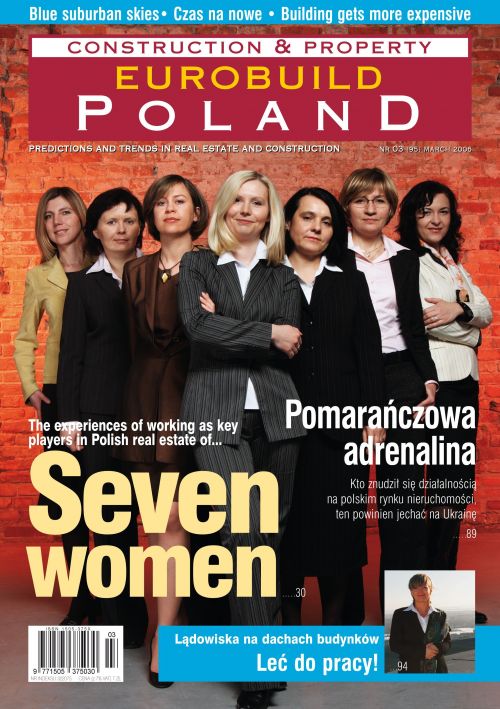Warsaw\\\'s Central Business District is not the beginning or the end of the capital\\\'s office market. There are two sub-markets outside the centre that are of increasing importance for developers and tenantsWola lies directly to the west of the city centre, and Mokotów further out and to the south. Although both were formerly industrial parts of town, the development of the two districts as business locations happened quite differently. Mokotów was the first of the two to emerge as an office destination. The process began with two major developments from GTC: Mokotów Business Park (MBP) with 120,000 sqm of office space and the Galeria Mokotów shopping mall. This area, around ul. Wołoska, ul. Marynarska and ul. Domaniewska, is the main focus for office projects in the district. Anna Kot, an associate director of the Office Agency of Jones Lang LaSalle, claims that: "Big names came and encouraged others to follow, and soon Mokotów was considered the first business district






























































